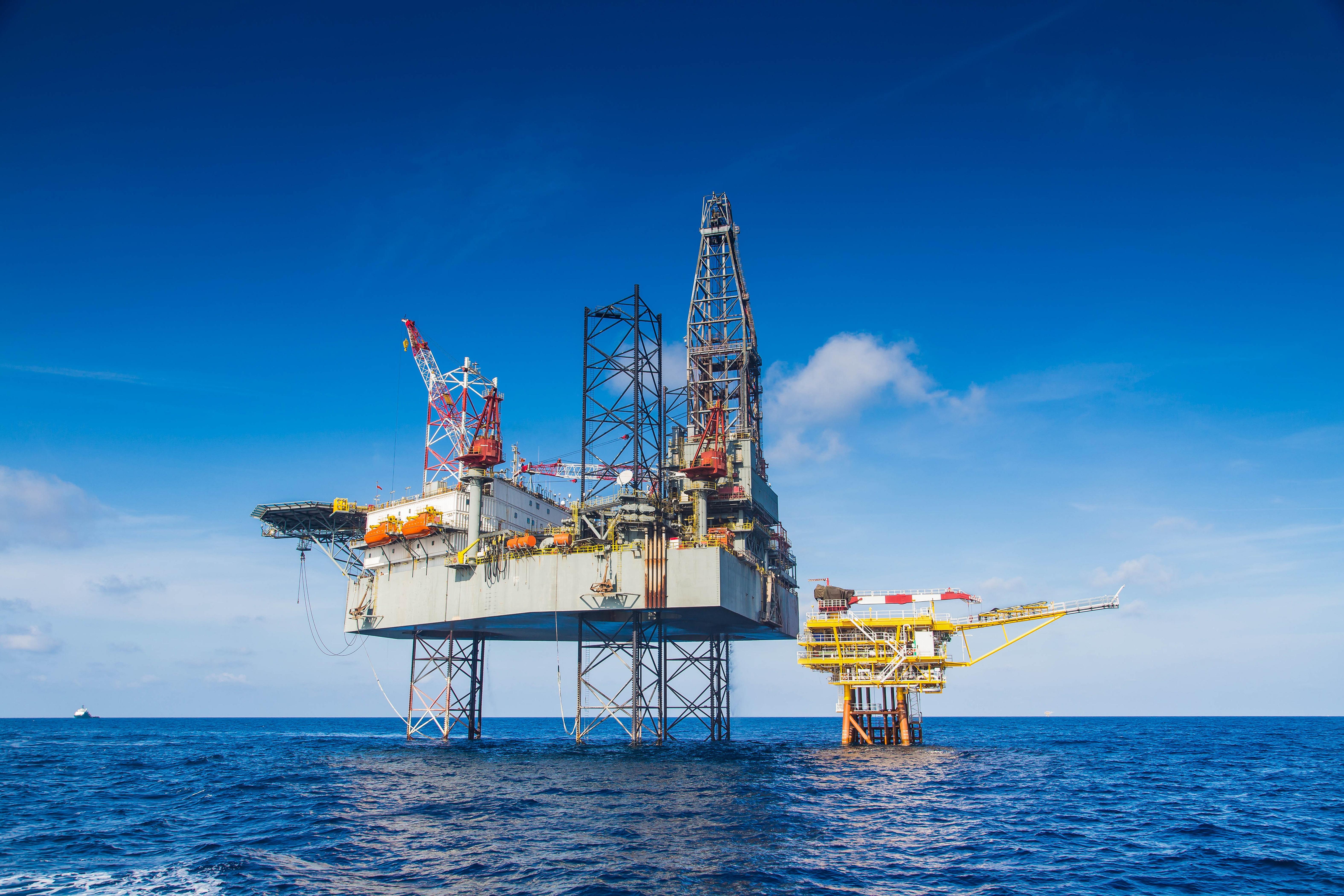Goldman Sachs Favors Chevron Compared to ExxonMobil
Chevron and ExxonMobil stocks have provided almost flat returns in the current quarter. As a result, Goldman Sachs favors Chevron over ExxonMobil.
Nov. 20 2020, Updated 4:46 p.m. ET

Chevron (CVX) and ExxonMobil (XOM) stocks have provided almost flat returns in the current quarter. While Chevron’s stock price has risen 0.9% sequentially, ExxonMobil’s stock price has fallen 0.1%. The stocks are reacting to oil prices and equity market movements. Analysts want to gauge the companies’ growth potential for the next year.
Goldman Sachs on Chevron and ExxonMobil
Amid such an environment, Goldman Sachs (GS) changed its target prices on Chevron and ExxonMobil. While the firm raised its target price on Chevron stock from $137 to $138, it cut the target price on ExxonMobil stock from $75 to $74. Although the changes are marginal, they reflect Goldman Sachs analyst Neil Mehta’s sentiments.
According to Barron’s report, Mehta prefers Chevron over ExxonMobil. He said, “Our stance continues to prefer companies that have superior free cash flow generation and returns profiles, which trade at discounted valuation multiples.”
Chevron’s better cash flow position than ExxonMobil
Lower oil prices impacted ExxonMobil and Chevron’s earnings and cash flows. However, what differs is their ability to cover crucial expenses like dividends and capex. While Chevron’s CFO (cash flow from operations) covered these expenses, ExxonMobil’s CFO didn’t fully cover the combined dividend and capex outflows.
In the first nine months of 2019, Chevron’s CFO of $21.7 billion covered its dividend and capex outflows of $6.7 billion and $9.9 billion, respectively. However, ExxonMobil’s CFO of $23.4 billion didn’t cover its combined capex and dividend expenses, which stood at $17.7 billion and $10.9 billion, respectively.
While Chevron had a surplus of $5.0 billion after covering these vital outflows, ExxonMobil had a shortfall of $5.2 billion. If we estimate these expenses as a percentage of their CFOs, then Chevron stood at a 23% surplus, while ExxonMobil stood at a 22% shortfall.
Why are the cash positions different?
ExxonMobil’s shortfall position is due to its high capex activities. The company is investing heavily in growth projects across the globe. ExxonMobil’s capex was 76% of its CFO in the first nine months. However, Chevron’s capex was 46%.
ExxonMobil is investing in assets in its upstream and downstream segments considering long-term returns and positioning. The company’s critical projects, like the one in offshore Guyana, are in the development phase. Over the next few years, the projects will yield results in the form of higher crude oil and natural gas production. However, Chevron has already invested in its mega projects like Gorgon and Wheatstone in the past few years.
The capex assumes a significant role in the current scenario. Notably, oil market participants fear supply glut next year. OPEC and its allies have deepened the production cuts, which aim to remove extra barrels of oil from the market. Also, phase one of the trade deal supported demand growth estimates. Oil prices, which were lower on average this year despite the rise, could recover next year. So, although there might be a recovery, oil companies will have to optimize their capex to generate returns throughout oil cycles.
Valuation
Currently, integrated energy stocks trade at an average of 12.9x their 2020 forward EPS. The peer average considers leading oil stocks globally like ExxonMobil, Chevron, Shell, BP, Total, and Suncor.
ExxonMobil stock trades at a forward PE ratio of 18.4x—the highest among its peers. Chevron stock trades at 17.2x its forward PE ratio. So, although ExxonMobil and Chevron stocks trade above the peer average, Chevron’s valuation is lower than ExxonMobil.
Royal Dutch Shell (RDS.A) and BP (BP) stocks trade at 10.6x and 11.1x their forward PE ratios, respectively. Read BP Dividend Yield Rose to 6.6% after the Stock Fell to learn more. Also, Total and Suncor Energy stocks trade at forward PE ratios of 9.8x and 10.3x, respectively.
Read Why Analysts Are Divided on Chevron Stock? to learn more.
